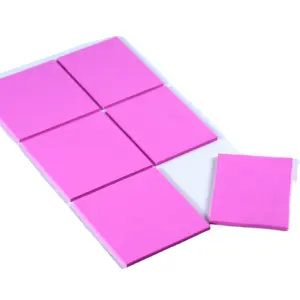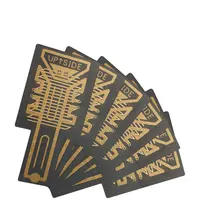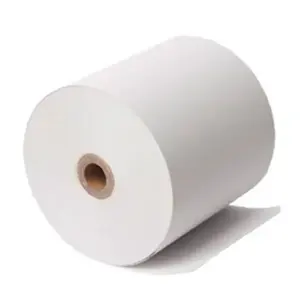Introduction to Electrically Conductive Paper
Electrically conductive paper is an innovative material designed to transmit electricity, often utilized in various technological and scientific applications. This specialized paper is engineered to conduct electricity through embedded materials that allow for the flow of electric current. Its unique properties make it suitable for a range of uses, from educational projects to professional electronic manufacturing.
Types and Applications
There are several types of electrically conductive paper, each tailored for specific applications. Some are infused with carbon or graphite, while others may contain metal flakes or coatings to enhance conductivity. This versatility allows for its use in a multitude of settings, including but not limited to, electrical circuits for educational purposes, electromagnetic shielding, and as a base for creating sensors and switches in various electronic devices.
Features and Materials
The primary feature of electrically conductive paper is its ability to conduct electricity, which is achieved through the integration of conductive materials. The base paper is typically a standard cellulose material, which is then combined with conductive elements such as silver, copper, or carbon. This combination results in a paper that maintains the flexibility and weight of traditional paper while introducing the novel characteristic of electrical conductivity.
Advantages of Conductive Paper
The use of electrically conductive paper offers several advantages. Its lightweight nature and flexibility allow for easy handling and cutting, making it an ideal choice for intricate designs and prototypes. Additionally, it provides a cost-effective alternative to traditional conductive materials, especially for disposable electronics or educational models where cost savings are paramount.
Environmental Considerations
In today's eco-conscious market, the environmental impact of products is increasingly important. Electrically conductive paper can be produced with a focus on sustainability, incorporating recycled materials and ensuring that the conductive additives are as environmentally friendly as possible. This commitment to sustainability appeals to a market that values green alternatives.
Choosing the Right Conductive Paper
Selecting the appropriate electrically conductive paper for your project involves considering the level of conductivity required, the type of application, and the environmental conditions it will be exposed to. It is essential to assess the specifications of each variety to ensure compatibility with the intended use, whether for educational purposes, professional electronics, or innovative technological applications.











































 浙公网安备 33010002000092号
浙公网安备 33010002000092号 浙B2-20120091-4
浙B2-20120091-4